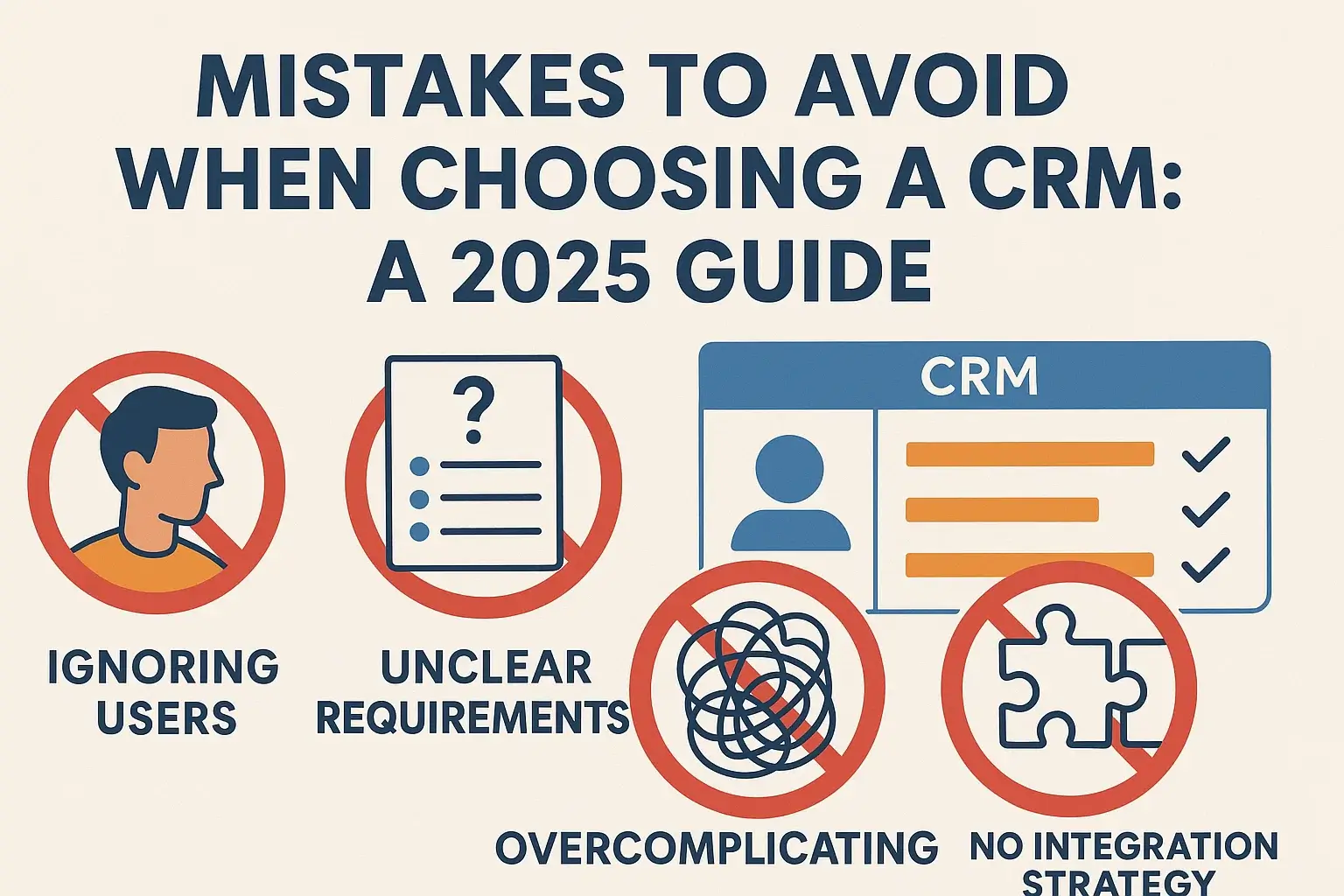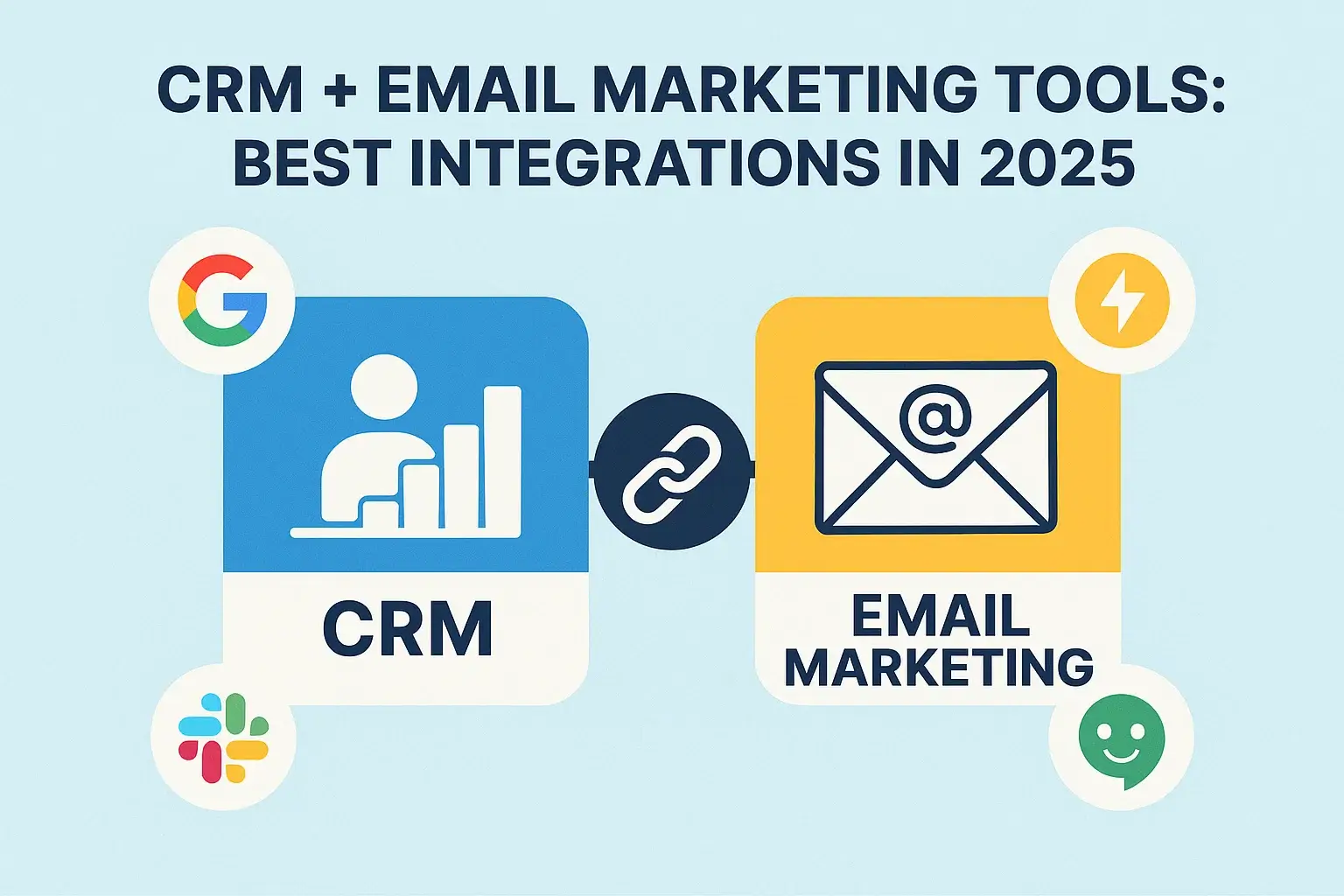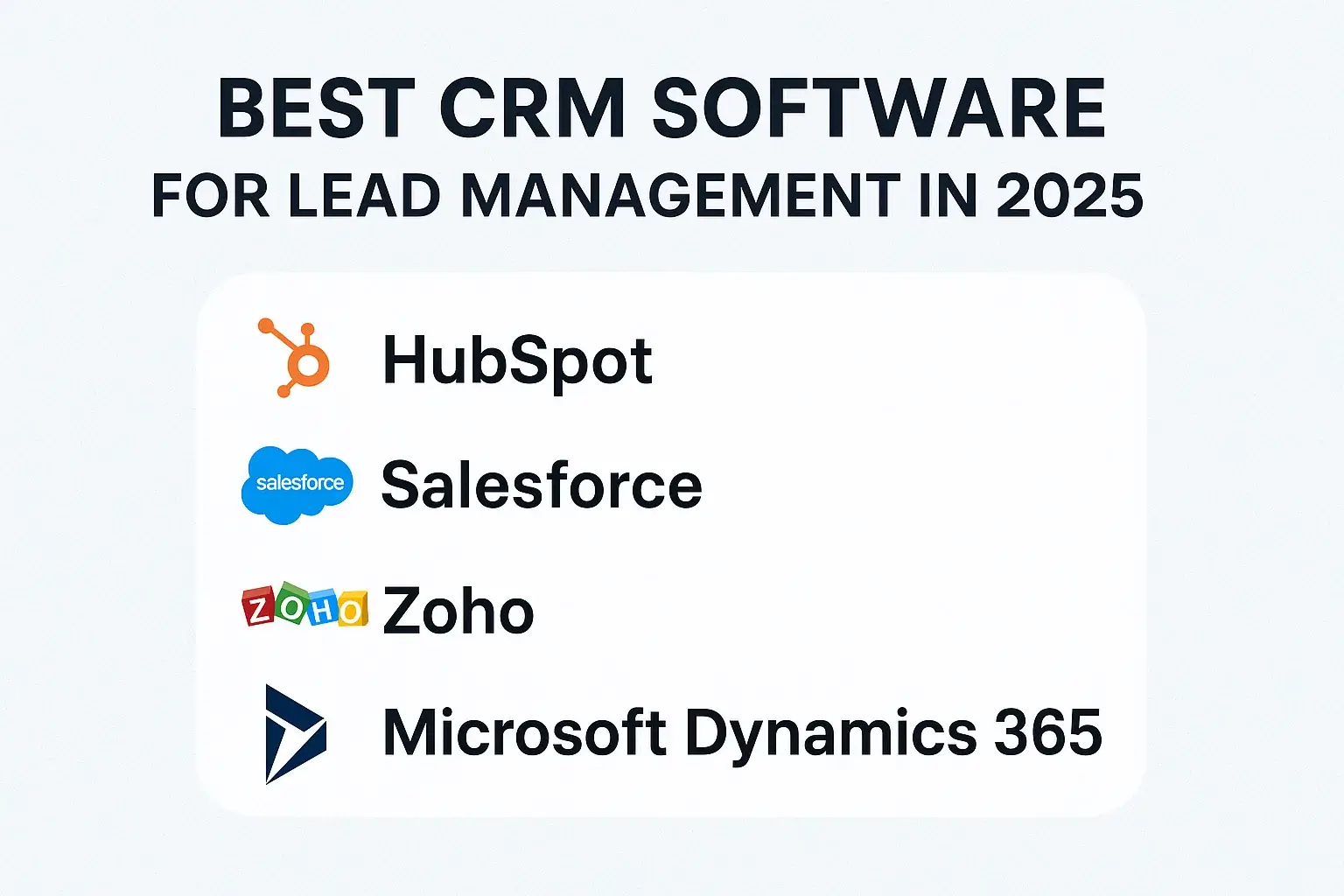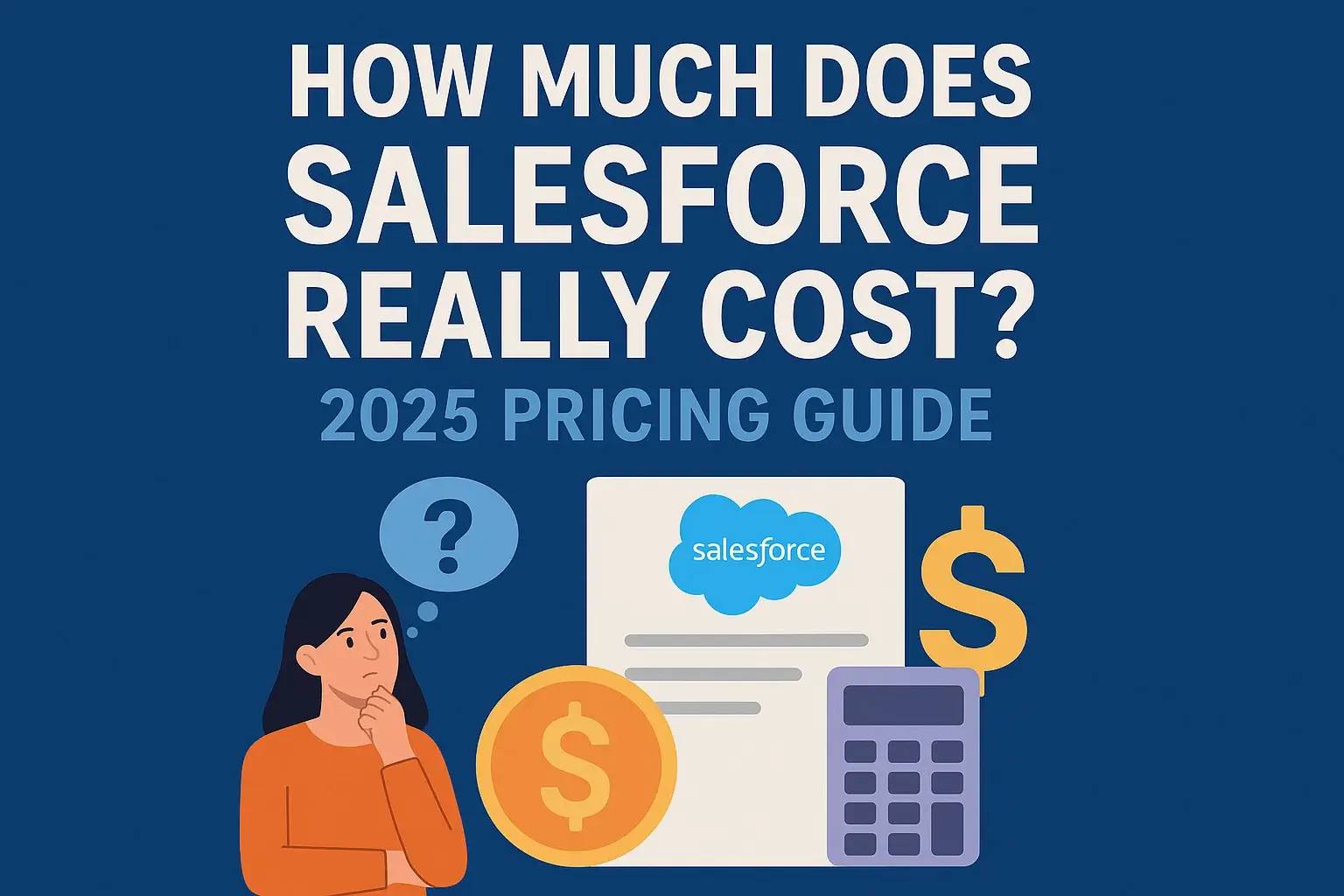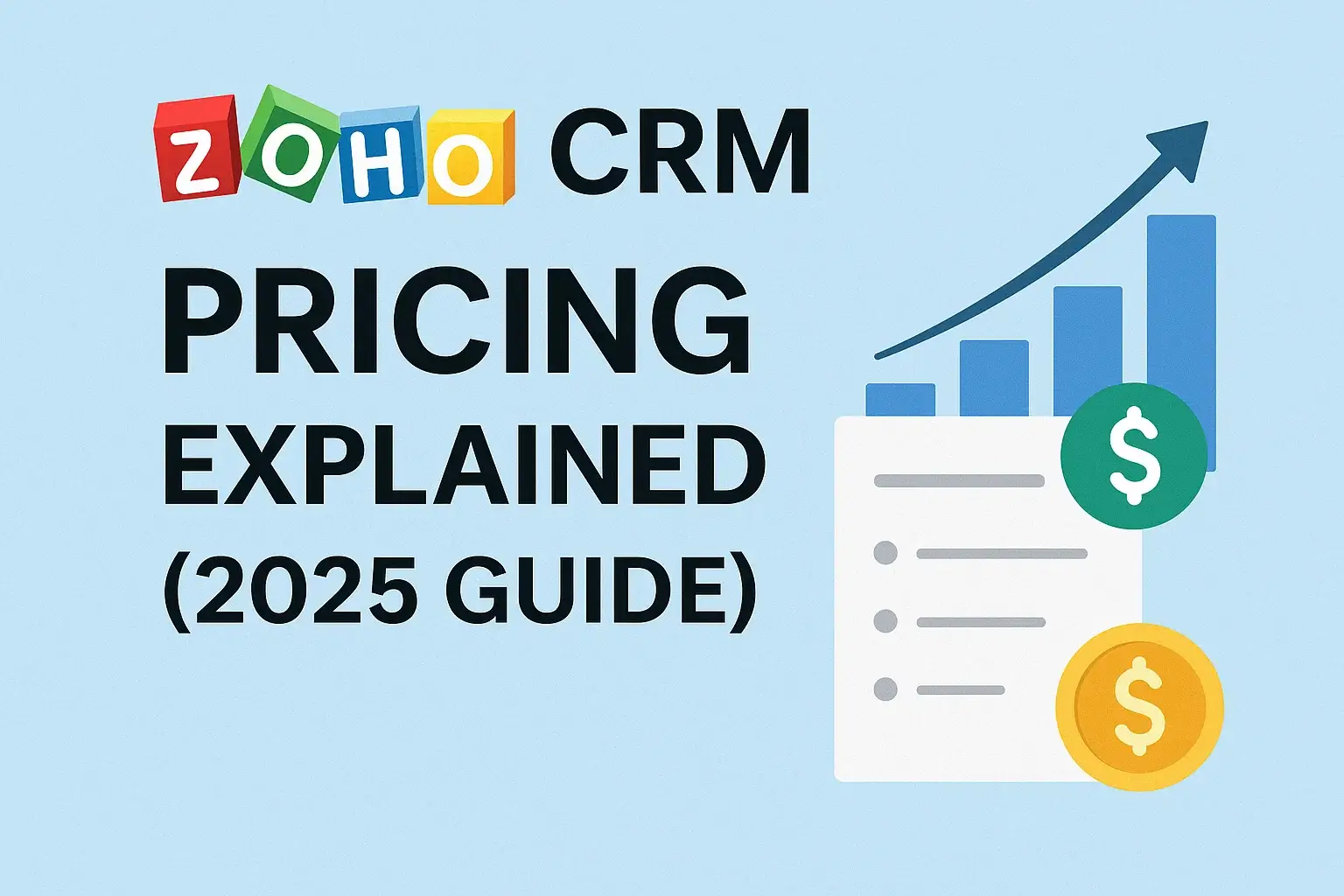How to Migrate from Excel to a CRM: Complete 2025 Guide
Moving from Excel spreadsheets to a CRM system is a critical step for businesses wanting to scale, improve data accuracy, and automate customer management. This comprehensive guide will walk you through every part of the process—planning, data preparation, migration, testing, and training—to ensure a smooth transition without data loss or business disruption. It’s packed with actionable tips and strategies to optimize adoption and unlock the power of your new CRM [web:67][web:68][web:69][web:71][web:72].
Why Migrate from Excel to CRM?
- Scalability: Excel spreadsheets become unwieldy with growing customer data and sales processes.
- Automation: CRM platforms automate follow-ups, reminders, and reporting, boosting team productivity.
- Collaboration: CRMs support multi-user access, role-based permissions, and centralized data.
- Accuracy & Insights: CRMs improve data integrity and offer powerful analytics and forecasting.
Step-by-Step Guide to a Successful Migration
Step 1: Plan Your Migration
Set clear goals, establish timelines, and assemble a cross-functional team to oversee the project. Auditing your current Excel data and workflows is crucial to understand what to bring into the new CRM system [web:71].
Step 2: Clean and Prepare Your Data
- Remove outdated, duplicated, or irrelevant data.
- Standardize formats (dates, phone numbers, addresses).
- Ensure data consistency and completeness.
- Backup your Excel files securely before starting the import.
Step 3: Understand Your CRM Data Structure
Familiarize yourself with your new CRM’s data fields (contacts, leads, deals) and how Excel columns map to these. Proper data mapping ensures no information is lost or misplaced during import [web:69][web:70].
Step 4: Choose Migration Tools
Leverage built-in data import wizards in CRMs or trusted third-party migration tools. These automate much of the process and reduce manual errors. For complex migrations, consider API or custom-coded solutions [web:68][web:71].
Step 5: Import Your Data
Import data in stages, starting with core customer records, followed by associated deals and tasks. Run duplicate detection and resolve conflicts early to maintain data integrity [web:67][web:72].
Step 6: Testing & Validation
Verify data accuracy by spot-checking records and testing key workflows like lead assignment, follow-ups, and reporting. Conduct user acceptance testing (UAT) with your sales and marketing teams [web:71].
Step 7: Train Your Team & Go Live
Offer comprehensive training sessions that cover CRM basics, data entry, reporting, and best practices. Encourage feedback and provide continuous support during the onboarding phase [web:68].
Step 8: Optimize & Maintain
- Regularly review CRM data quality to prune old or inaccurate records.
- Refine workflows and automations based on user feedback.
- Use analytics to track CRM adoption and identify bottlenecks.
- Plan for periodic training refreshers and platform updates.
Common Challenges & How to Overcome Them
- Data inconsistency: Meticulously clean and standardize before migration.
- User resistance: Proactive training and demonstrating CRM benefits helps mitigate adoption issues.
- Integration gaps: Test integrations early and involve IT or vendor support as needed.
- Lost data risks: Keep backups and perform phased imports to reduce failures.
Popular CRMs and Their Migration Tools
| CRM Platform | Migration Tool | Key Features | Price Range |
|---|---|---|---|
| Salesforce | Data Loader, Import Wizard | High customization, API-driven imports, large data volumes | $25 - $300+/user/month |
| HubSpot | Import tool (Excel, CSV), API | Easy import, strong data cleaning, CRM & marketing integration | Free - $1,200/month |
| Zoho CRM | Data migration wizard & third-party tools | Affordable, flexible field mapping, bulk import | $12 - $52/user/month |
| Pipedrive | Import Wizard | User-friendly, step-by-step mapping, duplicate detection | $14.90 - $99/user/month |
| Freshsales | Data Migration Tool | AI-based mapping suggestions, multi-format support | $15 - $125/user/month |
SEO Best Practices for CRM Migration Content
- Optimize titles and headers with target keywords like “Excel to CRM migration” and “CRM migration guide.”
- Include actionable steps and comprehensive FAQs to capture featured snippets.
- Use tables and comparison charts for user engagement and better indexing.
- Add schema markup and optimize images with relevant ALT tags.
Frequently Asked Questions (FAQs)
- Is migrating from Excel to CRM difficult? It can be complex, but proper planning and the right tools simplify the process significantly [web:69][web:71].
- What data should I clean before migrating? Remove duplicates, inconsistent entries, and outdated records to maintain data integrity.
- Can I automate data migration? Yes, many CRMs offer automated import tools, and third-party apps can assist with complex migrations.
- How long does migration typically take? Depending on data volume and complexity, migration can range from a few hours to several weeks.
Conclusion
Migrating from Excel to a CRM is a transformative step that improves business efficiency and scalability. By following this comprehensive 2025 guide, businesses can ensure a smooth migration, minimize risks, and maximize CRM benefits. Publishers focusing on this niche with targeted, detailed content can capture significant high-value search traffic and premium ad revenue from SaaS, sales automation, and CRM-related advertisers [web:67][web:68][web:69][web:71][web:72].
 Admin
Admin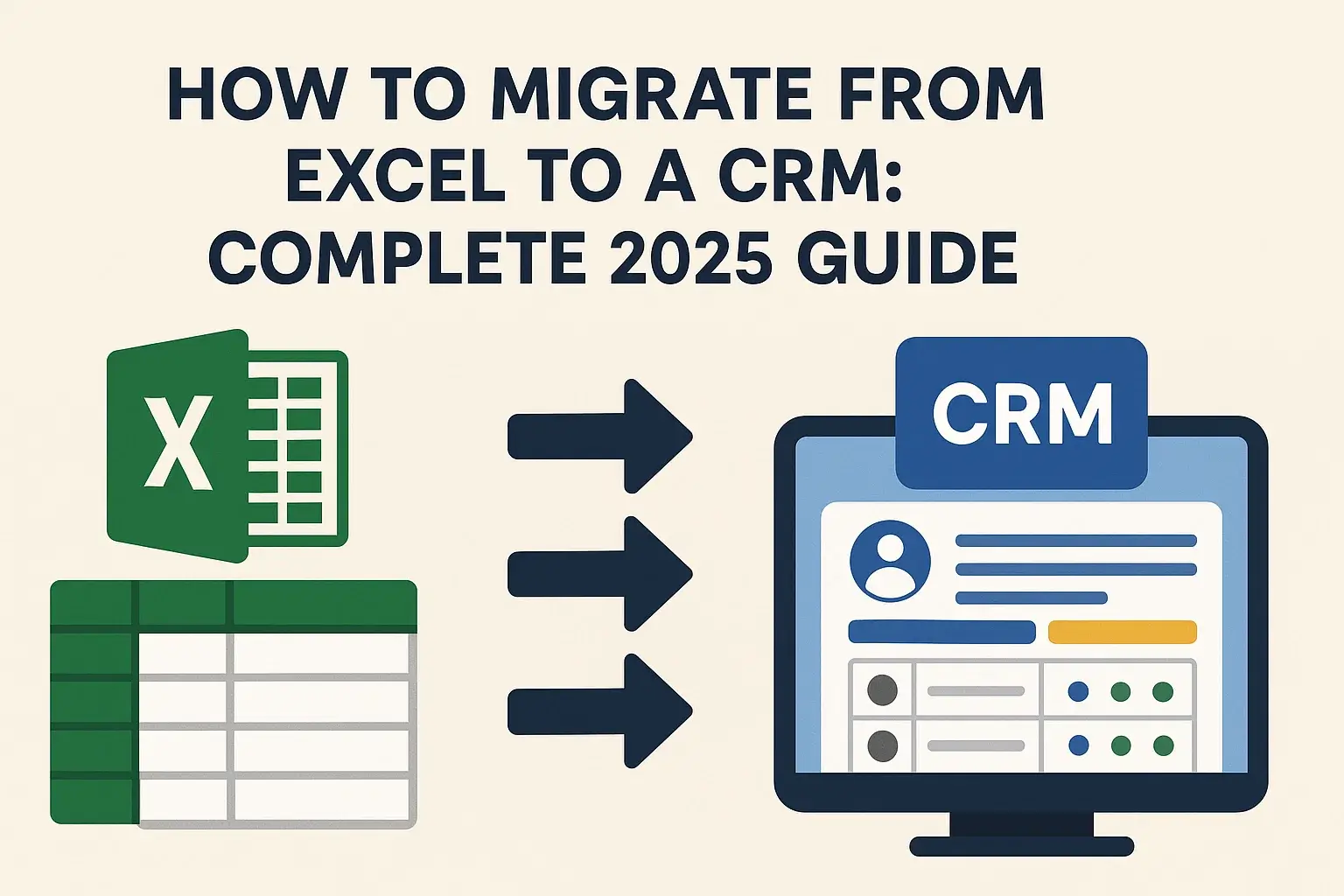
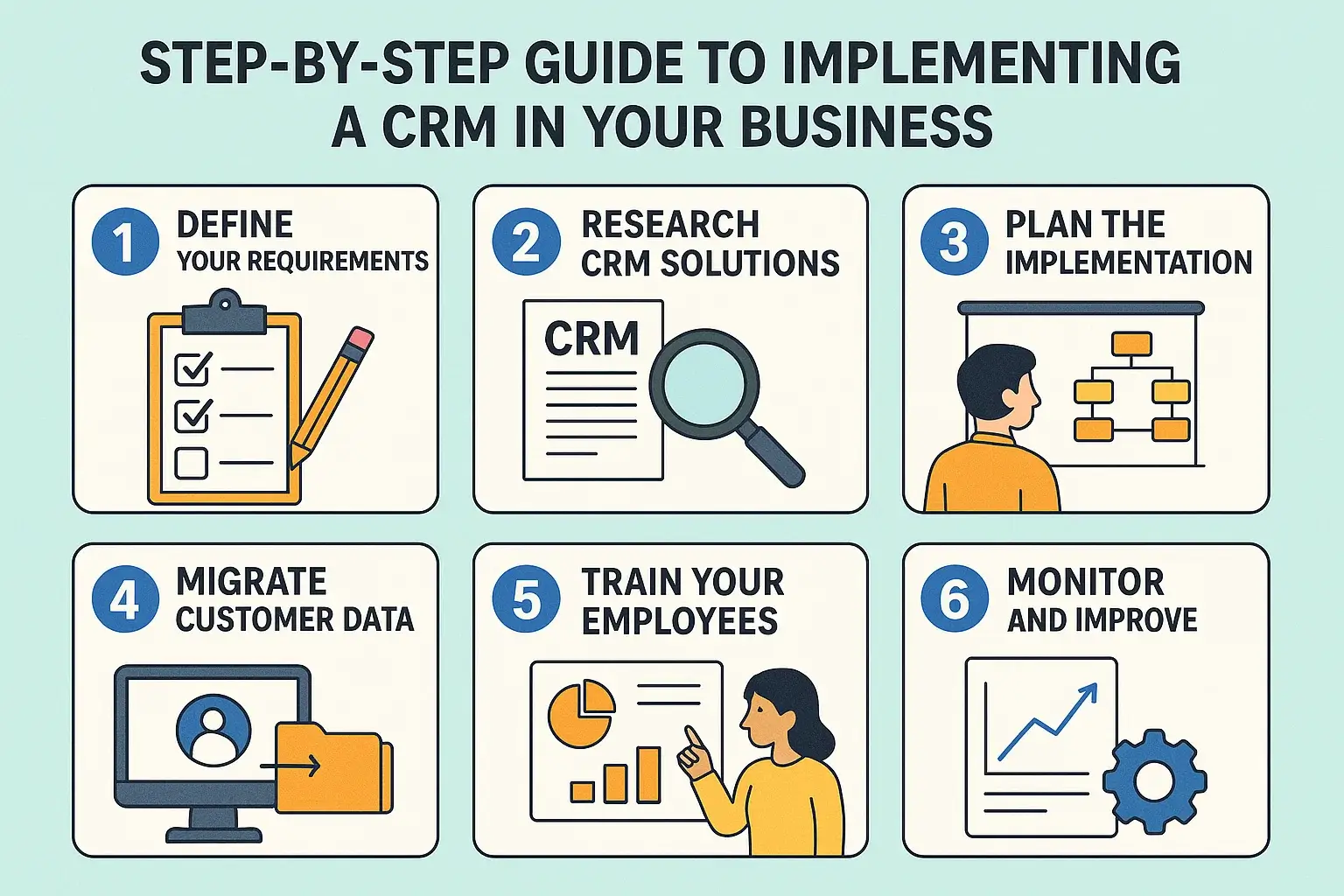
 Admin
Admin